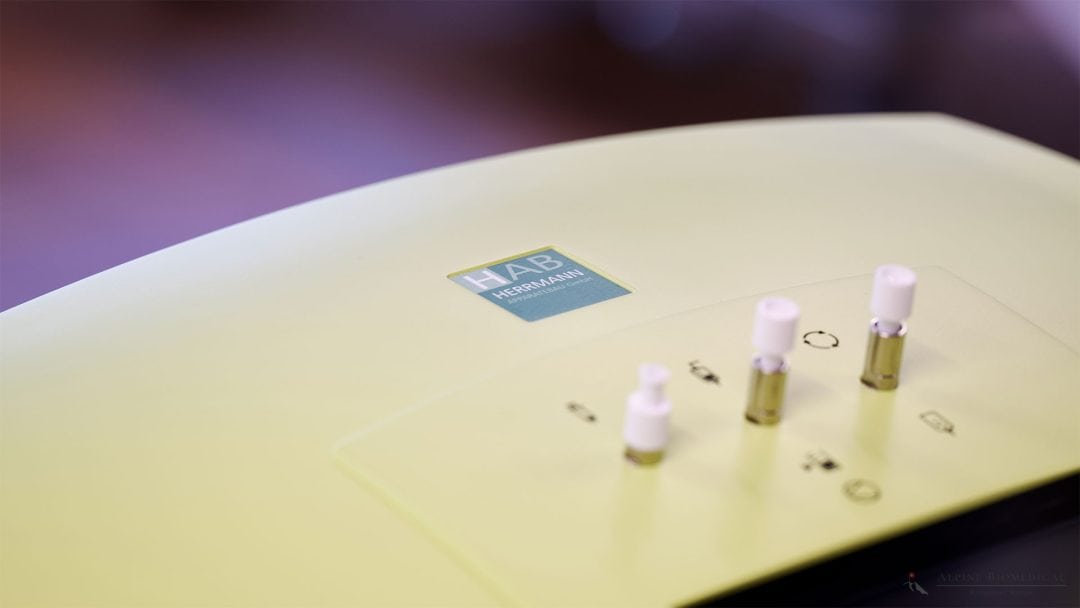Ozone Therapy

Ozone therapy describes the medical application of ozone gas into the body.
Ozone is a triatomic oxygen molecule, which is effective against various bacteria, viruses, fungi and parasites and has a high reactivity.
It is able to increase the oxygen content in tissues and can be a high-quality support for various chronic diseases.
There are several possibilities for the use of ozone:
- Autohemotherapy, where the patient’s blood is drawn and enriched with ozone gas. The ozonated blood is then infused back into the patient intravenously and can be distributed throughout the body via the blood.
- Rectal intestinal insufflation, where the ozone gas is administered rectally.
- Transcutaneous ozone therapy, where the ozone is administered through the skin.
- Local injections into the skin, under the skin, into the muscle or into the joint space.
Dr. med. Karsten Ostermann M.A.
At Alpine BioMedical we use ozone therapy as a supportive measure. It is important that this method is included in an established integrative concept.

Further information
Further information intended to give a better overview of the topic.